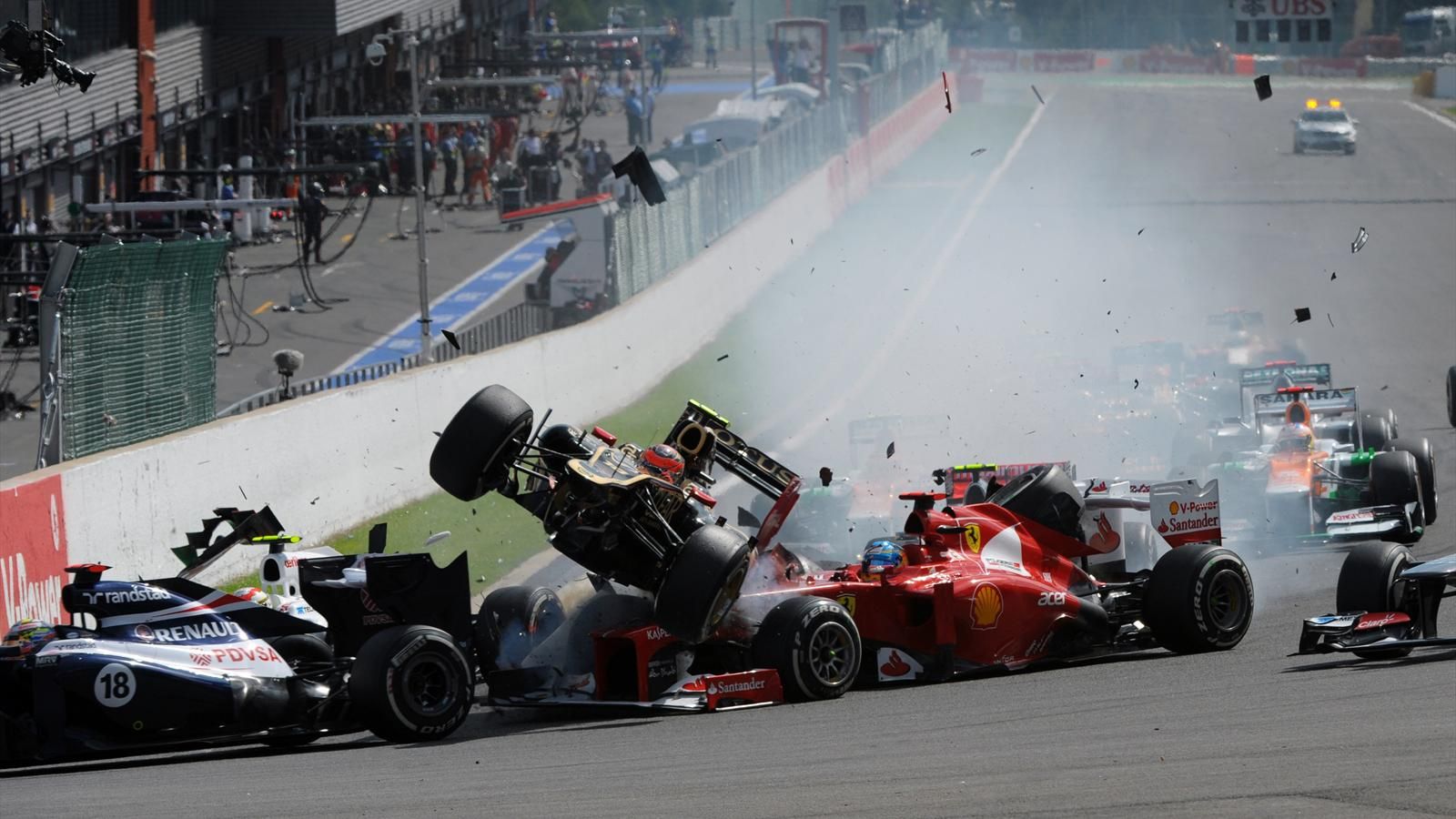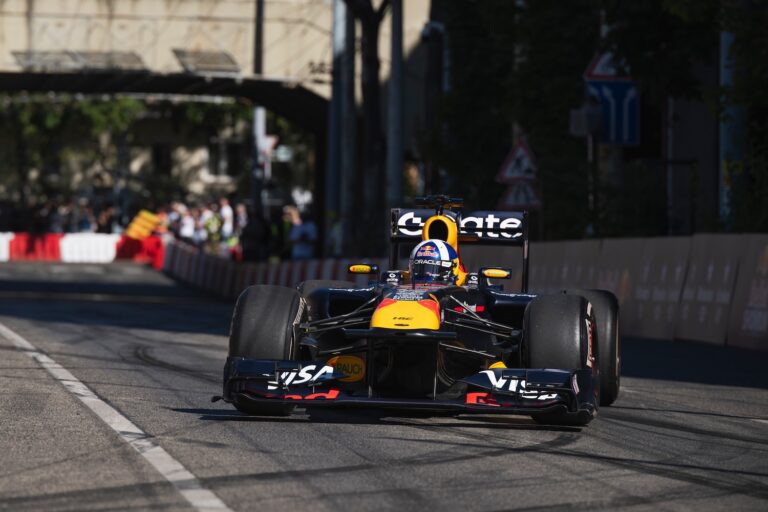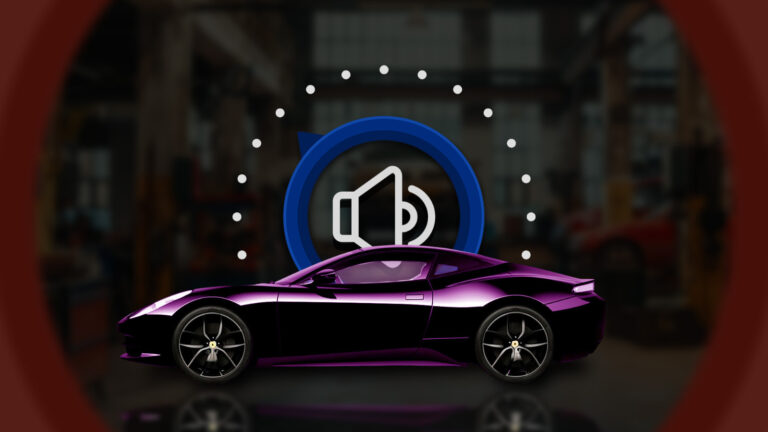Solutions?
Despite the obvious dangers and fatal reminders, the subject of a closed cockpit is far from a simple problem to solve. It is a complex safety challenge tinged by traditional prejudices and aesthetic concerns. The arguments against suggest: closed cockpits get too hot; windscreens distort the view with their curvature; dirt can build up on the screen; drivers could be trapped in a fire. Some drivers feel those concerns far outweigh the potential benefits.
Force India’s Nico Hulkenberg, for example, said at Monza: “For me, single-seaters are open. When we go into the cars, we know the risks. We have to be careful not to over-protect and sterilise everything”. Williams’ Valtteri Bottas, however, does not agree: “I don’t really see the difference between a Formula 1 car with a closed cockpit or not. It’s still a Formula 1 car”. “When it is for safety I am open to anything”, McLaren’s Jenson Button has also come around to that view. “I was always among those who said ‘this is open-cockpit racing’. But I think we’ve all had enough and it’s time to do something about it”, Button noted.
So, it’s no longer a question of “if”, it’s a question of “when.”
Three cockpit protection solutions for Formula 1 cars are under consideration and they are currently being tested. The first, known as AFP-V2, is essentially a roll cage ahead of the cockpit, with three protruding bars designed to deflect large objects such as loose wheels and bodywork.
The second is based on a polished design developed by Mercedes referred to as the ‘halo’ concept that is also designed to deflect large objects, while the final one is an arrangement of three longitudinal bars running from the midsection of the nose to the air intake above the driver.
None seemed like they would get the FIA’s seal of approval without a good deal of testing and modification.
GPDA chairman Alex Wurz was careful to remind those in attendance not to draw any hasty conclusions: “You will see solutions that maybe aren’t pretty, to be honest, but it’s first about the function and then we work on style. First, we look at what we want to achieve and then I’m sure we will find solutions to extraction and other potential dangers”.
“We are looking at a broad range of solutions and trying to learn from each test. We have to be 100 per cent sure the solutions are safe and bring things forward”, acknowledged FIA’s Laurent Mekies. “We can’t do anything before 2017. That’s not doable. But something in 2017 could be introduced if we get good results”.
Whatever the solution, FIA will continue to work toward a safer environment for the next generation of drivers who find themselves behind the wheel of a Formula 1 car.
Go to next page for the rest of the article








